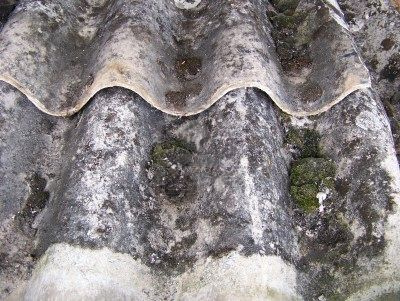Asbestos Disposal Requirements
To dispose of Asbestos your loads must comply with the DEHP Code of environmental compliance – ERA 57 Regulated waste transport, subject of which can be found on page 10 and 11 in
http://www.ehp.qld.gov.au/assets/documents/regulation/superseded/pr-ses-regulated-waste-transport-v3.pdf
All skip loads of Asbestos material must be securely wrapped and loaded carefully. The minimum suggestion is 0.2mm thick plastic wrap and there is no guarantee this will withstand unloading at our preferred facility. Therefore if in doubt please take further precautions. Staff may refuse entry to their waste disposal facility if any loads appear not to be wrapped securely.
Asbestos Information and History in Australia
Asbestos refers to a group of 6 mineral fibers that occur naturally and which belong to 2 groups:
- Serpentine Group, which is comprised only of white asbestos (chrysotile)
- Amphibole Group, which is comprised of amosite (grey or brown asbestos), anthophyllite, actinolite, tremolite, and crocidolite (blue asbestos).
Tensile strength, flexibility, affordability, chemical inertness, and insulation from electricity and heat were some of the properties that made asbestos be regarded as one of the most versatile minerals for a long time.

Asbestos is versatile, which explains why it was attractive to a huge variety of industries since it is believed to have over 3000 applications globally. Up until the mid-1980’s, Australia was one of the highest consumers of this material per capita in the world. About a third of the homes constructed in Australia contain asbestos. The widespread use of the material has left behind a deadly legacy of the material.
Asbestos, and in particular crocidolite and chrysotile, was mined in Australian until late 1894. According to records, approximately 1.5 million tons of asbestos of all forms was imported into Australia between 1930 and 1983.
Asbestos Containing Materials (ACM) are of two categories: non friable and friable. The most common type of asbestos in the built environment is the non-friable variety where it is mixed with other material such as cement. The variety most likely to become airborne is the friable asbestos.
Non-friable and friable varieties of asbestos both pose significant health risks to workers and others especially when materials are not carefully removed or maintained properly. Potential health risks in the built environment are posed in areas with:
- Removal and/or demolition of ACMs
- Maintenance or building work that involves ACMs
- The presence of damaged ACMs
- Weathering of ACMs
- The presence of ambient levels of asbestos
The risk of exposure to asbestos from the built environment is high and could potentially affect the whole of the Australian community.
A Chronology of the History of Asbestos
Asbestos Use in the Home
Approximately a third of all Australian homes contain asbestos. If your home was constructed prior to the mid 1980’s it is very likely that it contains some asbestos products. If your home as constructed between the mid-1980s and the year 1990, it is also likely that it has asbestos containing materials. It is unlikely that your house has asbestos containing materials if it was constructed after 1990.
If you are not sure about whether your home contains any asbestos products, an asbestos survey will help you know about its condition, location, and offer guidance on how to manage the risk.
The Sampling Process for Asbestos
All testing needs to be performed in a National Association on Testing Authorities accredited laboratory to perform asbestos testing to the Australian Standard AS 4964. If you choose to take the samples on your own, you need to take the necessary precautions to make sure that you never expose yourself to asbestos fibers. Please read and take note of the information and make sure that everything is ready before starting the process.
You can contact the local council if you have concerns about non-work related issues such as neighbors removing asbestos themselves. The links to your territory or state Department of Local Government have been provided. You can access the links to individual councils through the departmental websites.
.

